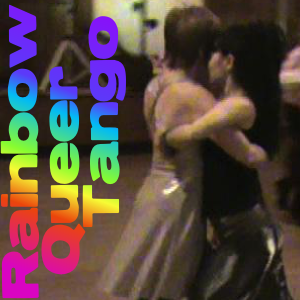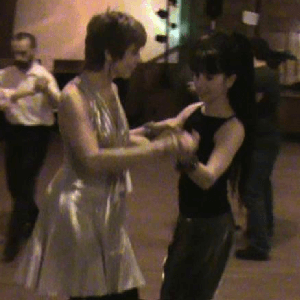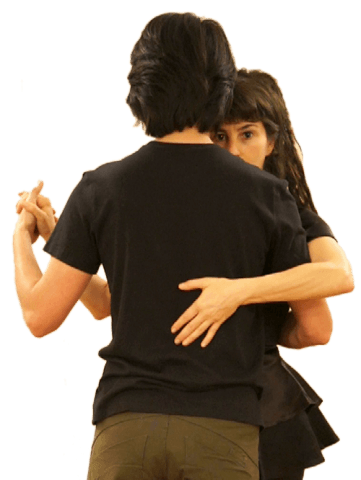Queer Tango is a global movement to create inclusive and diverse space for Argentine Tango dancers. This means celebrating gay, lesbian, bisexual, and transgender dancers. It also means celebrating any dancers who want to experiment with different approaches to gender and roles while dancing Argentine Tango, such as women who want to lead, men who want to follow, and dancers who want to change roles while dancing. Queer Tango is inclusive, which means that people are welcome to dance tango in any roles they want, including the traditional ones.
Rainbow Tango is Vio’s portal to global Queer Tango, with links to and news about Queer Tango around the world, as well as to the communities that I have helped to build, in Boston and Wellington NZ. I co-founded Boston Queer Tango in 2008 and Wellington Queer Tango in 2009.
A lot of people ask why we use the term ‘queer’ instead of GLBT. ‘Queer’ is a term that is now used to expand on the meaning of the gay liberation movement. Most crucially, it shifts the focus from sexuality to gender, questioning the gender binary which constrains the expressiveness of many people — gay and straight. A queer perspective is one which allows and encourages fluid and changing gender roles, images, and identities.
“Broadly speaking, queer describes those gestures or analytical models which dramatise incoherencies in the allegedly stable relations between chromosomal sex, gender and sexual desire. Resisting that model of stability–which claims heterosexuality as its origin, when it is more properly its effect–queer focuses on mismatches between sex, gender and desire. Institutionally, queer has been associated most prominently with lesbian and gay subjects, but its analytic framework also includes such topics as cross-dressing, hermaphroditism, gender ambiguity and gender-corrective surgery. Whether as transvestite performance or academic deconstruction, queer locates and exploits the incoherencies in those three terms which stabilise heterosexuality. Demonstrating the impossibility of any ‘natural’ sexuality, it calls into question even such apparently unproblematic terms as ‘man’ and ‘woman’.”
Annamarie Jagose, “Queer Theory” in Australian Humanities Review 1996.













